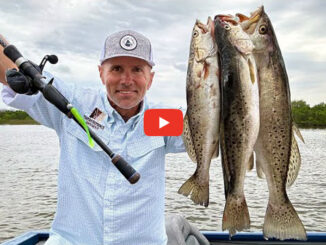If you fish, you’ve heard about Grand Isle, Louisiana.
You’ve seen magnificent photos of people who target the waters offshore of Grand Isle and catch some amazing fish. You have also seen anglers crowding the sides of the road alongside the Highway 1 bridges leading into Grand Isle.
This is a fantastic opportunity for shore-bound anglers to catch some of those amazing fish without going out in a boat. If you would like some tips from veteran area fishermen about how to catch trophy sized specks and even bull reds, read on.
There are three bridges on Highway 1 as you approach the island from Fourchon. The closest bridge to Grand Isle is referred to as Elmer’s Island bridge, but we won’t be discussing that one. The other two are where most of the fishing takes place and that’s where we will focus our attention.
Steady weather
The key to catching fish anywhere in the springtime is steady weather. Grand Isle is no exception.
“You will need several 70-degree days in a row for best results,” said Tommy Vidrine, a dedicated Grand Isle angler. “The fish will migrate to the deep holes if the weather gets brutally cold. The best time to target Grand Isle is November through March.”
“Water clarity and winds from a cold front can determine whether you catch one or two, or have a great day,” said Capt. Keith Bergeron, Grand Isle charter boat captain (985-860-7855). “The ideal situation is to fish right before a cold front. After the cold front, the water will take a few days to clean up.”
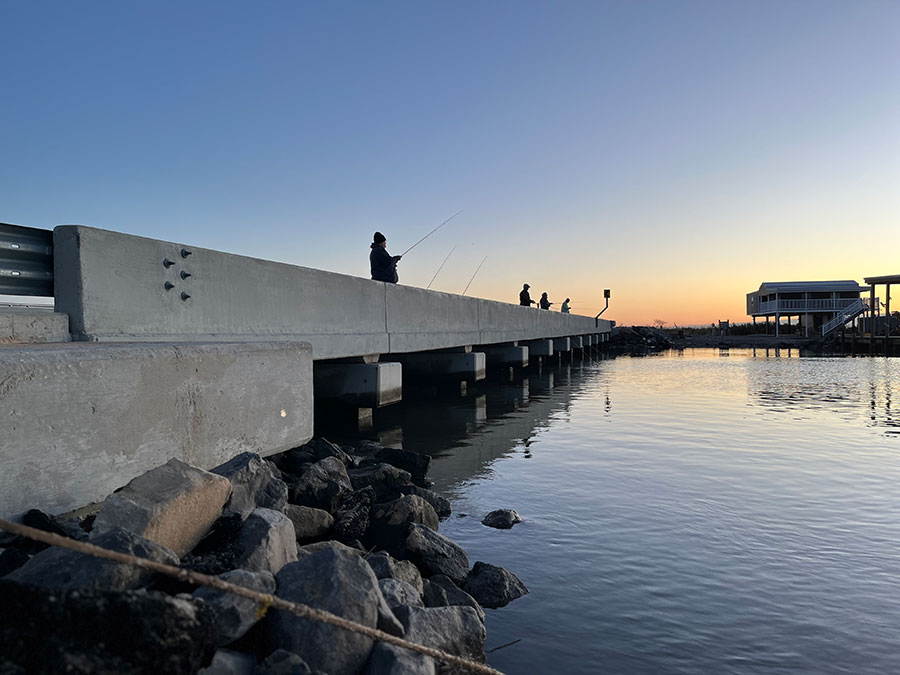
Capt. Owen Belknap of Down the Bayou Charters (985-387-8133) reminds us that March is a transition month.
“This is a time of the year when you are going to see trout moving from their winter haunts towards the beaches where they spawn,” he said. “You may find them in their deep holes one day and the next you will find them on oyster reefs. The key element is water temperature. Look for clean and moving water.”
The key to catching fish in March from the bank or a boat is to remember that the water is still cold.
“Trout are not as aggressive in the colder water,” Capt. Bergeron said. “The key is a slower retrieval.”
Bridge tips
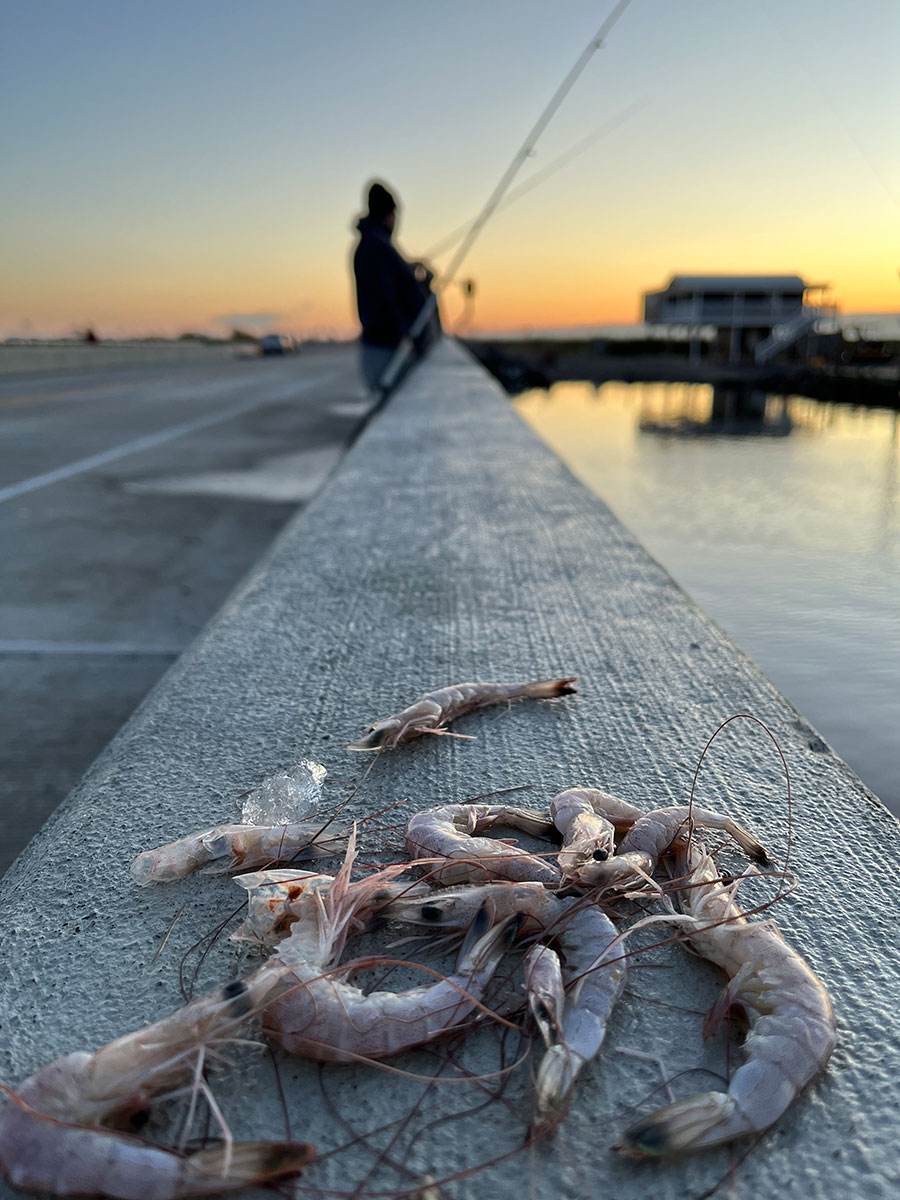
The first thing an angler should do when arriving here is to visit each of these bridges to determine which one has cleaner water. Next, notice which way the water is flowing as you approach it. If the water is not flowing, then either throw a live bait rig and be patient, or go get breakfast. This is how an angler should determine which one of the two bridges to fish because they fish similarly.
One popular late winter and spring rig is the live bait rig. Use a cocahoe minnow on a size 1 Kahle hook with a 1-ounce weight. When using this live bait rig, hook the minnow through the bottom of its lips and out through the top. Ensure that you loosen the drag on your reel. This is the most important part of this presentation because it will prevent a red or a shark from pulling your rod over the side of the bridge when you rest your rod up against the side of the bridge.
You will be surprised by what you catch using these minnows in Grand Isle waters because everything from white trout to enormous black drum will bite them. Many of the reds caught here fall victim to a bottom rig baited with a cocahoe minnow.
“I like to use ¼ to 3/8-ounce jighead tipped with a soft plastic swimbait,” Vidrine said. “Then I cast out into the current and bounce the jig hard off the bottom back towards me.”
Vidrine brings up a good point here. This technique works when the fish are on the bottom. Once the fisherman has determined the trout are not on the bottom by using this method, try dropping the jig down and allowing it to hit the bottom and then reeling up a couple of feet and shaking it. Then reel the jig up a couple more feet and repeat. Do this until the jig is two feet from the surface as active trout can be found shallow. It is very exciting when you are jigging the swimbait a couple of feet below the water surface and see a trout come up from the depths and grab it.
Fishermen also like to cast a ¼-ounce jig tipped with a soft plastic swimbait. One popular swimbait is the 3-inch Matrix Shad in the Lemon Head, Shrimp Creole colors. Another popular one is the Mojo Tackle Company 3.5-inch paddle tail in the Glass Minnow color. The small profile of the Mojo Tackle Glass minnow can be very easily snatched up by even a white trout.
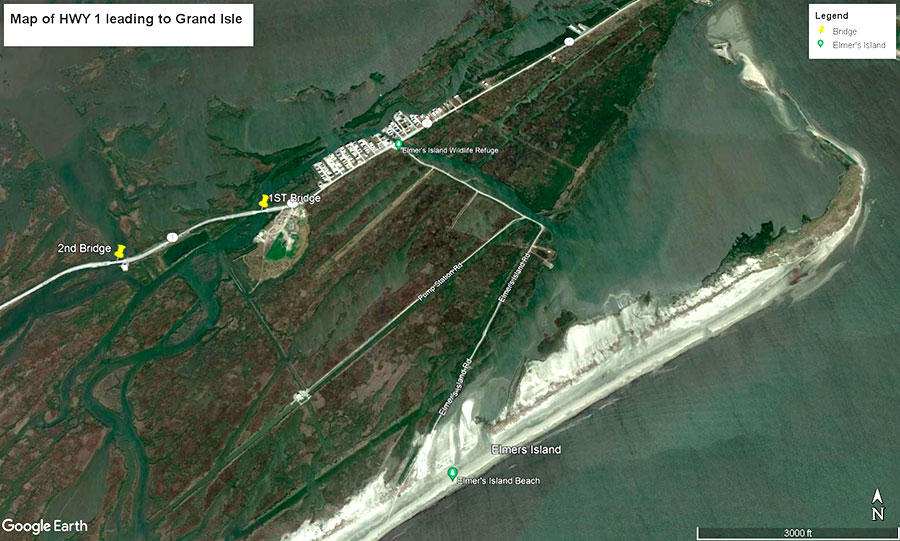
There are many different retrieval techniques when it comes to swimbaiting. One good technique that can be used when it comes to searching for fish is to cast out from the bridge about 30 feet and close the bail on your spinning reel. Follow the jig down as it pendulums down. You must begin this retrieval with your rod up in the air and then drop your rod slowly as the jig sinks. Reel only enough line to ensure there is no slack in the line. Slack line makes it very difficult to set the hook when the fish quickly nips. Trout very rarely give you time to react because bites happen very suddenly. This presentation takes concentration and lots of practice. Reel up and make another cast once the jig hits the bottom.
Old reliable: Popping corks
The final presentation is easy. It involves a jig underneath a popping cork. The popping cork is the most popular presentation in the Louisiana marsh. One good option is the Mojo Tackle Company Mojo shrimp under an Undertaker cork.
Capt. Chad St. Pe of Cajun Outcast Inshore Charters likes to use a small jighead (1/8-ounce) under a popping cork.
“The jig should be just heavy enough to hold your jig under the cork,” he said. “Since the water is about 8 feet deep there, start with the jig about halfway down the water column. Then, if you are convinced the fish are there, you can adjust the length of your leader up and down until you find the fish.”
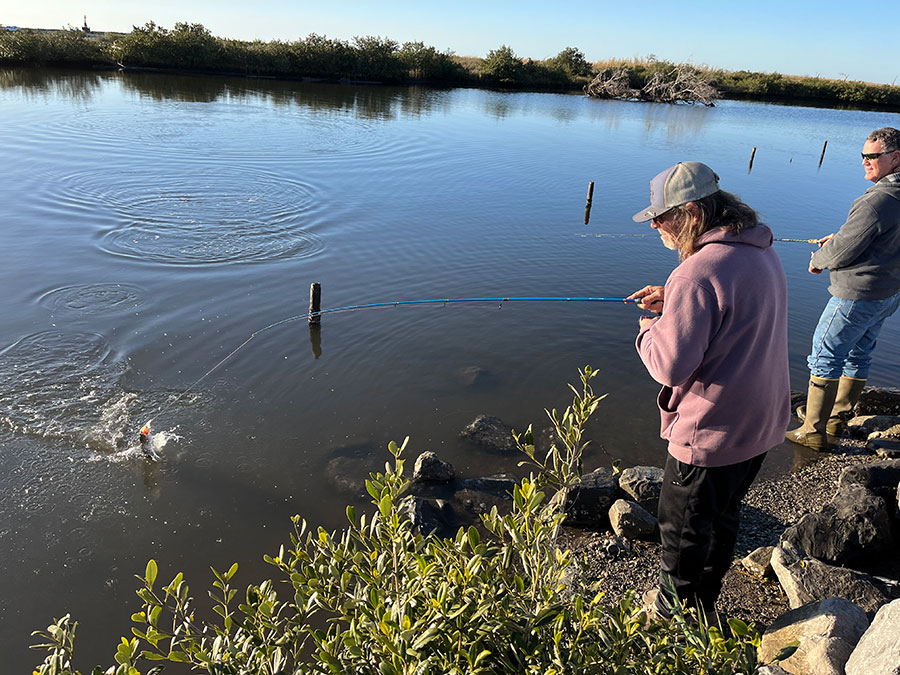
Mojo shrimp, small swimbaits, cocahoe minnows or live shrimp all catch fish under a popping cork.
There is one more place that should be mentioned. That would be the fishing pier next to Bridgeside Marina. This pier is especially productive at night because of the lights. The good news is that the lights are working again, and they are green. These green lights shining down into the water from the pier at night are fish magnets. Trout will be high in the water column here and directly below the lights.
Use small jigs and keep them shallow. Large schools of white trout are the first fish to show up and then the specks will show up a little later. Anglers will see trout feeding in the water under the lights. You will have to use small jigs in order to entice these fish.
Anglers also catch redfish using live and cut bait throughout the night. This is a good place to bring a wagon filled with chairs, food, drinks and a cooler for your fish if you are spending the night on the island.
Bait can be purchased on the island at several locations. Bridgeside Marina (985-787-2419) has a good selection of live bait and tackle and is only a couple of miles from the bridges.
Some of the hotels on the island did not re-open after Hurricane Ida. Bridgeside has lodging and so does Hurricane Hole (985-787-3014). There are also several good places to eat on the island. Check out the Town of Grand Isle website (townofgrandisle.com) for a list of all the businesses that are open.


